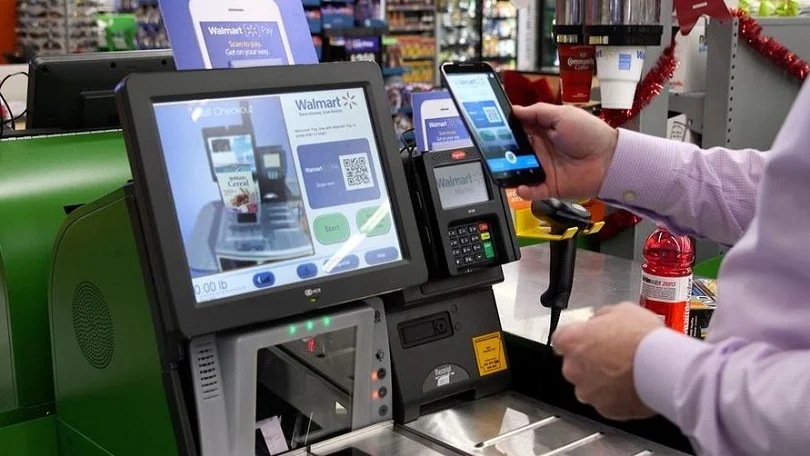Walmart has solidified its position as a technological leader in the retail sector by strategically integrating cutting-edge innovations across its vast network of stores and e-commerce platforms. At the heart of this transformation is Walmart Global Tech, the retailer’s dedicated technology arm, which has spearheaded the development of proprietary artificial intelligence systems, including retail-focused large language models. These models are now embedded within Walmart’s mobile app and internal operations, allowing the company to personalise shopping experiences, optimise supply chains, and enhance employee efficiency. A standout innovation is Sparky, Walmart’s AI-powered shopping assistant. This conversational agent allows users to search, plan meals, and bundle purchases using natural language commands, making online shopping more intuitive. This tool is part of a broader “super agent” initiative, which includes AI assistants tailored for store associates, suppliers, and software developers, offering a seamless experience across the Walmart ecosystem. Beyond artificial intelligence, Walmart has embraced automation at scale. Its partnership with Symbotic has revolutionised warehouse operations through robotics that sort, store, and retrieve inventory with precision. Meanwhile, store-based micro-fulfilment centres enable rapid e-commerce order processing, cutting handling costs and improving delivery speeds. In-store innovations include shelf-scanning robots and electronic shelf labels, which ensure inventory accuracy and dynamic pricing updates in real time. The checkout experience has also evolved. Walmart has deployed “smart checkout” systems in hundreds of stores, blending computer vision, scan-and-go technology, and augmented reality tools to create a frictionless transaction process. These features not only reduce wait times but also offer tailored promotions and product suggestions. Delivery is another area where Walmart has pushed boundaries. With over 150,000 drone deliveries completed through partnerships with DroneUp, Zipline, and Wing, Walmart leads the U.S. in aerial retail logistics. Simultaneously, autonomous vehicle trials with Gatik are reshaping last-mile delivery, offering a glimpse of the future of logistics. On the business side, Walmart has scaled its online marketplace, giving third-party sellers access to its logistics and advertising infrastructure. The result is a thriving ecosystem where sellers benefit from Walmart Connect’s targeted advertising capabilities, and consumers enjoy broader selections and faster service. Financially, these digital advancements have yielded results. Walmart’s U.S. e-commerce division turned profitable in 2025, with operational efficiency gains including a 20% drop in fulfilment costs and a 47% improvement in delivery speeds. Moreover, omnichannel shoppers—those engaging both online and in-store—spend over three times more annually, showcasing the value of an integrated approach. Walmart’s success in retail technology stems from its ability to view physical stores not as legacy assets but as digital gateways. By weaving AI, automation, and logistics into the core of its strategy, Walmart has created a seamless and scalable model that continues to set benchmarks for the entire industry.

